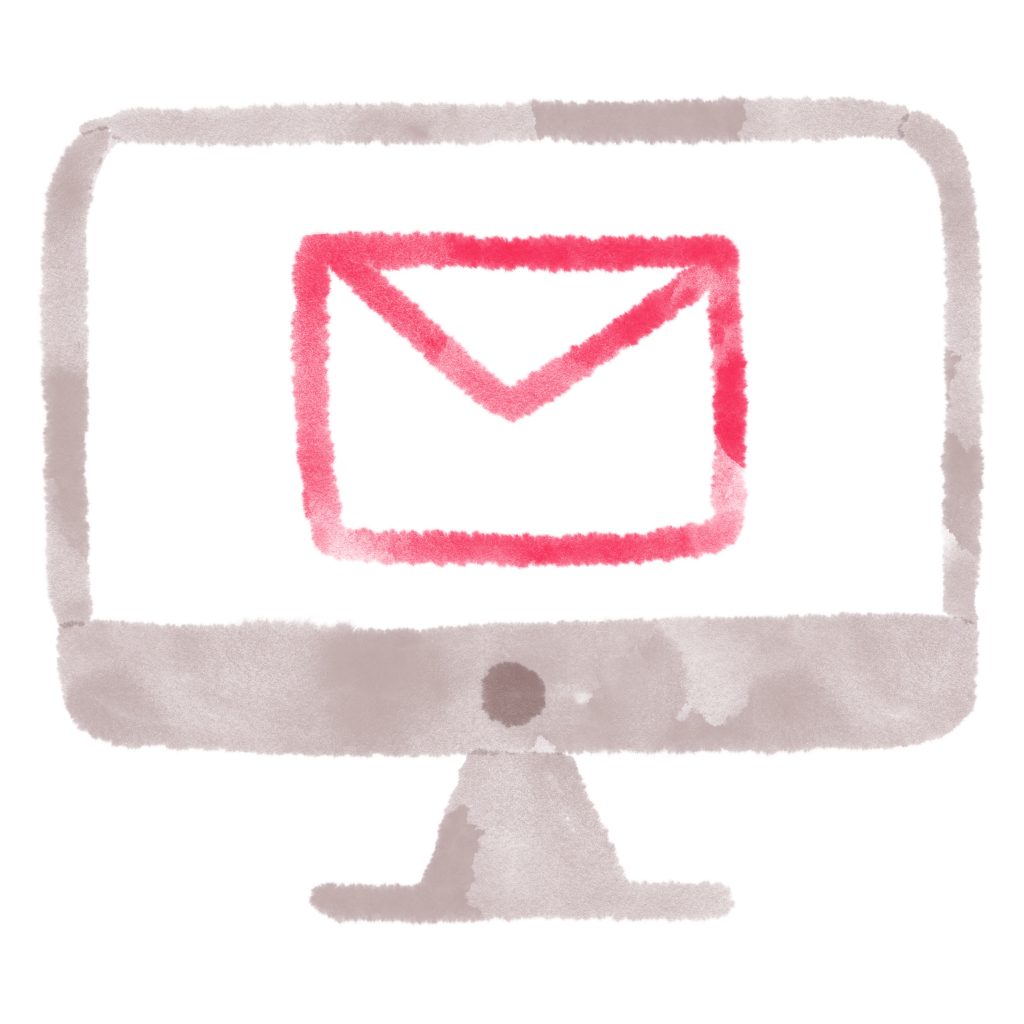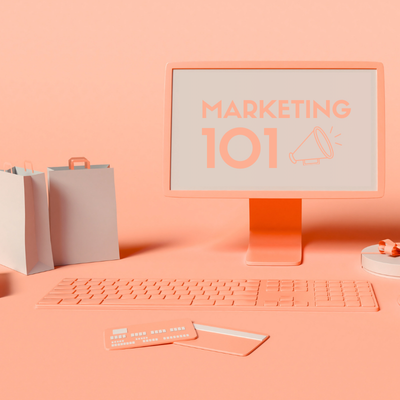
For many small businesses just starting out, newsletters and emails can sometimes be overshadowed by the bright lights of social media. While platforms like Instagram are fantastic for getting noticed, their algorithms can be unpredictable. This is where having a strong email database really shines.
Unlike social media, emails land directly in your subscribers’ inboxes, providing a reliable and direct line of communication. Don’t let this powerful tool slip through the cracks; a well-maintained email list can be a game-changer, offering consistent and controllable access to your audience. Here’s a handy guide to help you craft engaging and effective email campaigns that will keep your clients coming back for more!

1. Building Your Database
Let’s start with the basics: building your email database. Think of it as creating your own community of interested people. Begin by gathering email addresses from every opportunity: your website, in-store promotions, events and more. To encourage sign-ups, offer incentives like discounts, freebies, or exclusive content. For example, you could give a discount on their first purchase, free shipping, or a downloadable resource in exchange for their email address. Make it easy for people to sign up by placing sign-up forms prominently on your website and in your physical locations, if you have them. A QR code can be a handy tool for this too!
2. Choosing the Right Email Marketing Service
Next up is choosing the right email marketing service. This is crucial for managing and running your campaigns smoothly – with only a few customers it might not seem like that much of a task to send emails yourself, but as your database grows… trust us, you will want the help!
Mailchimp is a popular choice due to its user-friendly design and robust features—great for businesses who maybe only want to focus on email marketing, like a cafe or restaurant. It allows for customer segmentation, automation, and detailed analytics, making it ideal if your primary need is email communication. However, if you’re looking for a more comprehensive system that includes a loyalty program or social media scheduling, platforms like Marsello might be a better fit. While the email marketing tools are similar, Marsello’s added features cater more to businesses with broader needs, like e-commerce. We recommend shopping around, and taking advantage of free trials to see which platform best suits your needs.

3. Craft Compelling Content
Creating engaging content is essential for a successful email campaign. If your emails come across as disorganised or dull, your subscribers might quickly lose interest and even hit unsubscribe. Instead, focus on making your content valuable and exciting—something that you’d actually want to read! Start with a catchy subject line that grabs attention from the get-go. And remember, visuals play a big role; it’s better to use a few sharp, appealing images than to overload your email with blurry or unappealing ones.
Also, make sure your newsletter looks great on mobile devices. While you might be designing it on a desktop, most people will read it on their phones, so a mobile-friendly layout is crucial.
When it comes to guiding your readers, make it easy for them to take action. Include a clear and strong call-to-action, like a “Book Your Table” button right in the newsletter, so they can act with just one click. And keep things simple—don’t make them jump through hoops. The more straightforward you make it, the more likely they’ll follow through.

4. Personalise Your Emails
Personalisation can make a huge difference in how your emails are received, and email automations are a fantastic way to enhance this. While general email campaigns, such as a newsletter, can be tricky to personalise, automations allow for more tailored interactions. With automations, you can address subscribers by their name and send them emails based on their specific actions or stage in the buying journey.
For example, you can set up automated birthday emails with special offers or gifts, send reminders for abandoned carts, or request reviews after a booking. These personalised touches show that you’re paying attention and can significantly boost engagement. Just make sure all these automated interactions make sense together and guide your clients smoothly along their journey. This way, you’ll stay top of mind and help steer them towards the actions you want them to take.
5. Testing and Analysing Your Campaigns
To make sure your email campaigns are really hitting the spot, testing and analysing are key. Think of it like a fun experiment—especially when you’re starting out. Try out different subject lines, email designs, or CTAs to see what resonates best with your audience. Keep an eye on important metrics like open rates, click-through rates, unsubscribe rates, and conversion rates—they’re your indicators of how well your emails are doing. Use this feedback to refine and improve your approach. The more you test and learn, the better you’ll get at crafting emails that your audience loves. So, embrace the process, enjoy the learning curve, and remember: each test brings you closer to email marketing success!
A strong email database offers a direct and reliable way to connect with your audience, often overlooked in favour of social media. By focusing on building a robust list and choosing the right email marketing service, you can create effective strategies that truly engage your audience. Start building your email list today, and if you need any advice or assistance along the way, we’re always here to help!




